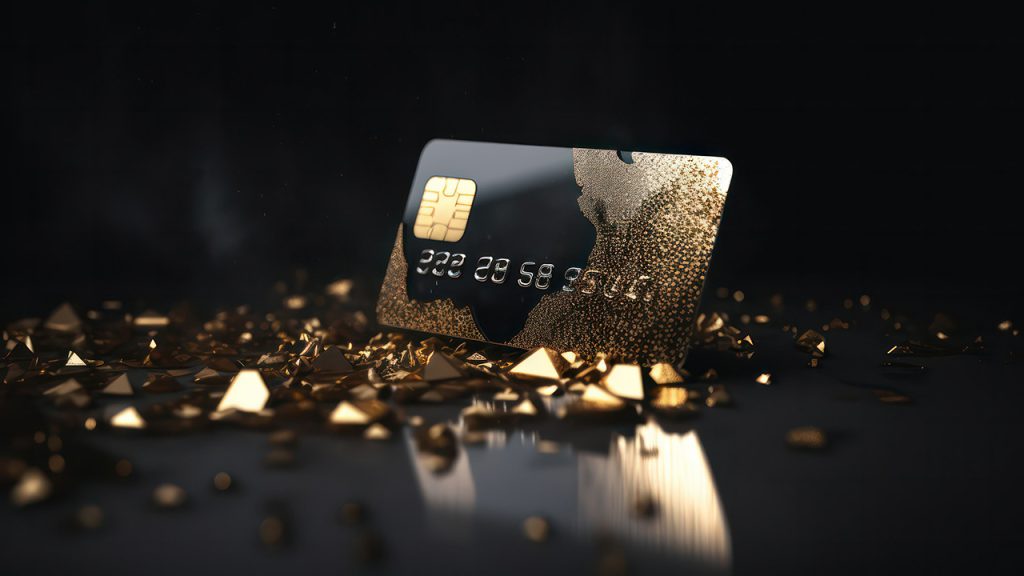With the landscape of payments continually being redefined, revisited, and reimagined, one might speculate on the ingredients vital for achieving success in the future of payments. Forrester emphasizes that in the years ahead, “it’s the payment experience, not the payment, that matters,” while McKinsey argues that returns in the future payment landscape “will accrue to players that can seamlessly embed payments into customer lifestyles and behaviors.”
A glance at recent history reveals subtle indicators validating the foresight of Forrester and McKinsey. Notably, a discernible trend has emerged where payment cards endowed with distinctiveness and a unique allure have eclipsed conventional “plain vanilla” cards in metrics such as activation rates, usage frequency, and customer retention. This distinctiveness could stem from various facets—be it the material, design, or personalization features, such as incorporating a chosen photo of the cardholder.
Further reinforcing this perspective is the escalating competition within the banking sector, propelling traditional banks, FinTech, and BigTech entities to seek differentiation. Leveraging payment cards as a potent means to remain front of mind with their customers has become pivotal. Indeed, these cards represent one of the most visible components of a bank’s brand, encountering customer engagement multiple times daily. Every time a customer pulls out a card is a branding and marketing opportunity, fostering what academia terms as mental availability for the brand. And as rational beings of the 21st century, we might perceive ourselves as thinking individuals who feel. However, brain scientist and neuroanatomist Jill Bolte Taylor emphasizes the reverse—we’re feeling beings who think. Consequently, the tactile sensation of a card as it’s pulled out holds utmost importance.
A perhaps somewhat unexpected sector offering insights into the potential blueprint for future payment success lies within the luxury industry. Forecasts predict a robust 8 to 10 percent growth in the global luxury market for 2023, surging to a historic 1.5 trillion euros in sales. Bain & Co. anticipates sustained mid-single-digit growth until 2030, propelled by strong underlying fundamentals. Interestingly, this surge includes high-end watches. While smartphones have obviated the need for watches as mere timekeeping tools (the “functional” aspect), the continued embrace of luxury timepieces speaks volumes about their symbolic value in projecting identity and style (the “fashion” aspect).
Consequently, a discernible trajectory emerges for the future of payments, with successful businesses harnessing the full potential of payment cards, transforming them into personalized and fashionable experiences — transcending mere transactional functionality. This trajectory unequivocally leans toward metal cards: delivering aesthetics, tactility, weight, acoustics, and the perception of sturdiness akin to artisanal craftsmanship. Metal cards, reminiscent of accessories and fashion statements, communicate the cardholder’s lifestyle and values, potentially emerging as the quintessential element distinguishing successful payment strategies in the future. Only time will tell.
